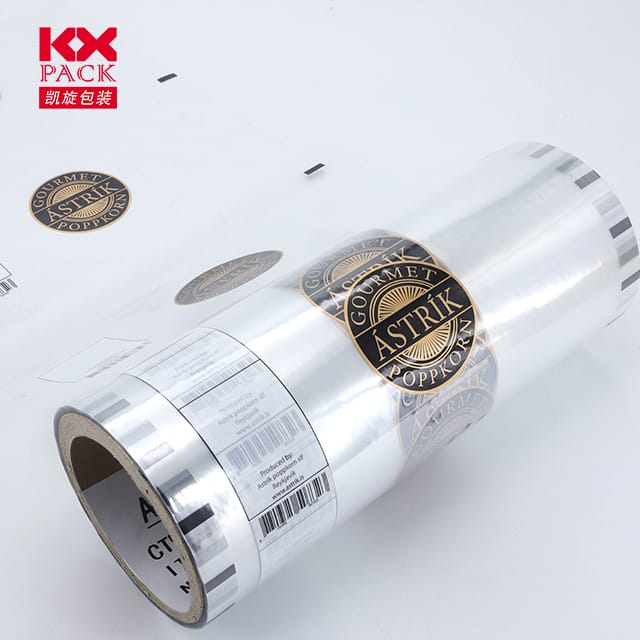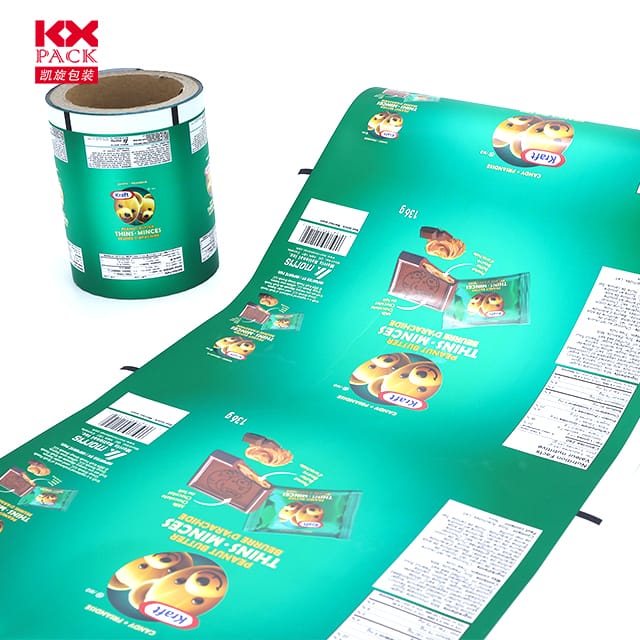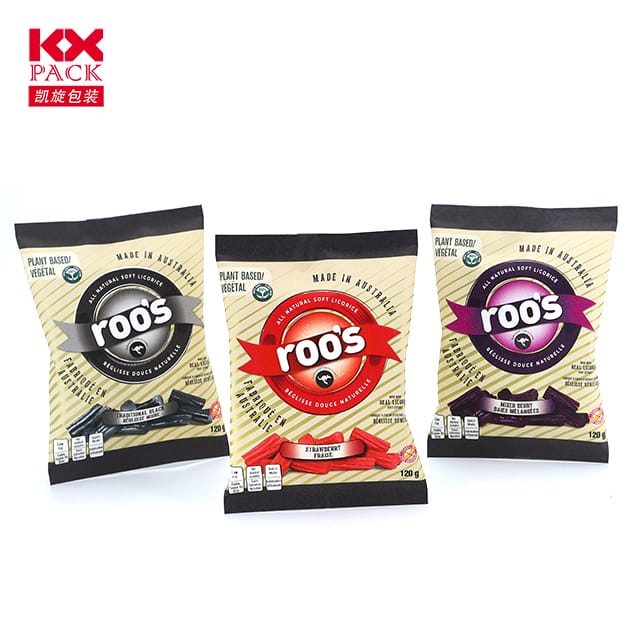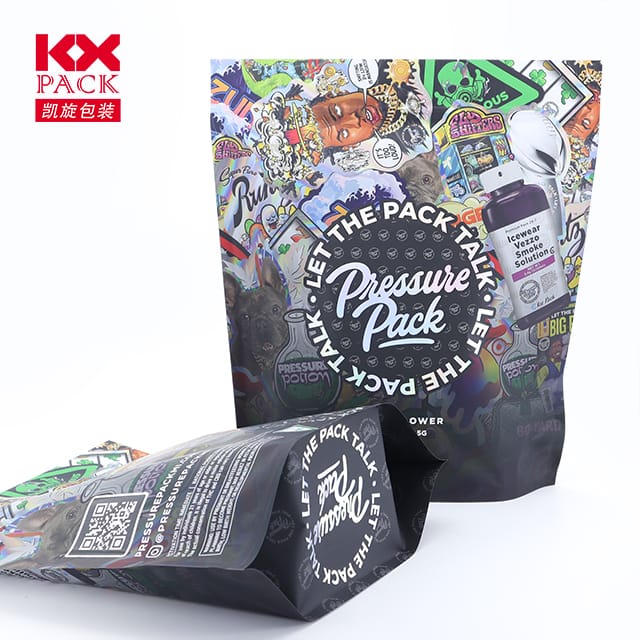The Rise of Flexible Films Packaging: Иновация, Устойчивост, and Industry Transformation
Flexible Films Packaging
В динамичния свят на опаковките, Гъвкави филми опаковки has emerged as a game-changer, reshaping industries from food and pharmaceuticals to personal care and logistics. Defined by its lightweight, adaptable, and high-performance materials, flexible packaging now accounts for a significant share of the global market—estimated at$270.96 милиард в 2023 and projected to grow at aCAGR of 4.8% through 2030. This surge is driven by its ability to meet evolving consumer demands, регулаторен натиск, и цели за устойчивост. Let’s explore why flexible films are becoming the packaging solution of choice.
1. Key Properties: Why Flexible Films Stand Out
Flexible Films Packaging are engineered to balance functionality and efficiency. Their defining features include:
- Lightweight and Portable: Unlike rigid packaging (e.g., glass or metal), flexible films reduce material use and transportation costs. A single truckload of flexible films can carry the equivalent of 10 truckloads of glass jars, slashing carbon emissions.
- Barrier Protection: Advanced multilayer structures—combining polymers like polyethylene (PE), Полипропилен (Боп), или поливинилхлорид (PVC) with aluminum foil—create impermeable barriers against oxygen, влага, и светлина. This extends shelf life for perishables like meat and cheese by up to 50% compared to traditional packaging.
- Temperature Resistance: Flexible films withstand extreme conditions, from oven-safe pouches for ready-to-eat meals to freezer-grade films for frozen foods.
- Персонализиране: Films can be tailored to product shapes, minimizing waste and maximizing product-to-package ratios. This precision is critical for single-serve snacks, pet treats, and pharmaceutical blisters.
2. Industry Applications: From Food to Pharmaceuticals
Flexible Films Packaging have disrupted multiple sectors by offering cost-effective, high-performance solutions:
- Храна & Напитка: The largest market segment, flexible films dominate snack packaging, fresh produce wraps, and microwaveable meals. Например, stand-up pouches with resealable zippers reduce food waste by keeping contents fresher longer.
- Pet Food: Innovations like lightweight treat packs and bulk sacks with odor-barrier layers cater to pet owners’ demands for convenience and freshness.
- Здравеопазване & Pharmacy: Sterile, tamper-evident blister packs and peelable pouches ensure drug safety and compliance with strict regulatory standards.
- Логистика & Електронна търговия: Траен, puncture-resistant films protect goods during shipping, while shrink-wrap films secure pallets for efficient transportation.
3. Устойчивост: The Driving Force Behind Adoption
As environmental concerns mount, flexible films are evolving to meet circular economy goals:
- Reduced Carbon Footprint: Manufacturing Flexible Films Packaging requires 60% less energy than rigid alternatives like glass. Their lightweight nature also cuts fuel consumption during shipping.
- Recyclable and Compostable Options: Innovations like mono-material PE films and plant-based compostable films (e.g., NATIVIA® by Taghleef Industries) придобиват сцепление. Some brands now use 100% Рециклирано съдържание in their films.
- Waste Reduction: Flexible Films Packaging generate 80% less landfill waste than rigid packaging due to their efficient material use.
въпреки това, Остават предизвикателствата. Multi-layer films, while high-performing, are often non-recyclable. Industry leaders are investing inхимическо рециклиране иadvanced sorting technologies to address this gap.
4. Future Trends: What’s Next for Flexible Films?
The market is poised for transformative growth, задвижван от:
- Интелигентно опаковане: Integration of IoT sensors to monitor freshness or QR codes for supply chain transparency.
- Advanced Adhesives and Substrates: New laminations improve barrier properties without adding thickness, enabling thinner, stronger films.
- Спазване на регулаторното спазване: Stricter eco-laws (e.g., Директивата за пластмаса за еднократна употреба на ЕС) are pushing brands to adopt sustainable films.
- Consumer Convenience: Възможност за повторно затваряне, easy-open, and single-dose designs cater to on-the-go lifestyles.
Заключение: Flexible Films as the Future of Packaging
Flexible films packaging is no longer just an alternative—it’s a necessity for brands aiming to stay competitive in a fast-paced, eco-conscious market. By combining innovation, устойчивост, и гъвкавост, these materials are redefining how products are protected, представен, and preserved. С напредването на технологиите, expect flexible films to become even smarter, по -зелено, and more integral to global supply chains.
Ready to embrace the future of packaging? Whether you’re a brand owner, manufacturer, или потребител, the shift to flexible films is a win for efficiency, устойчивост, and the bottom line.
Източници: Flexible Packaging Association, AMI Plastics, Taghleef Industries, Market Research Reports (2023–2030)







